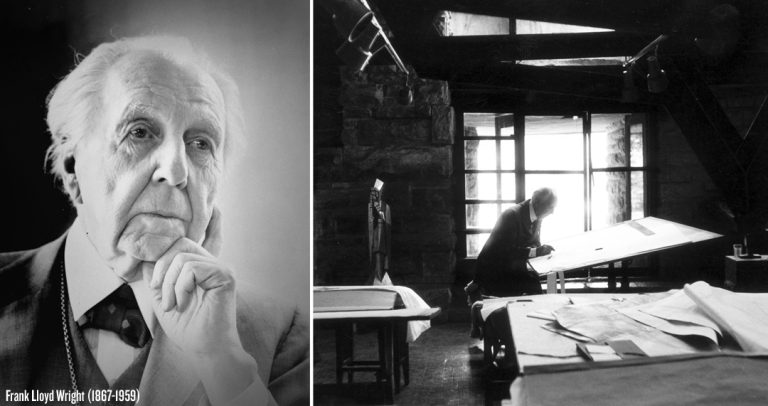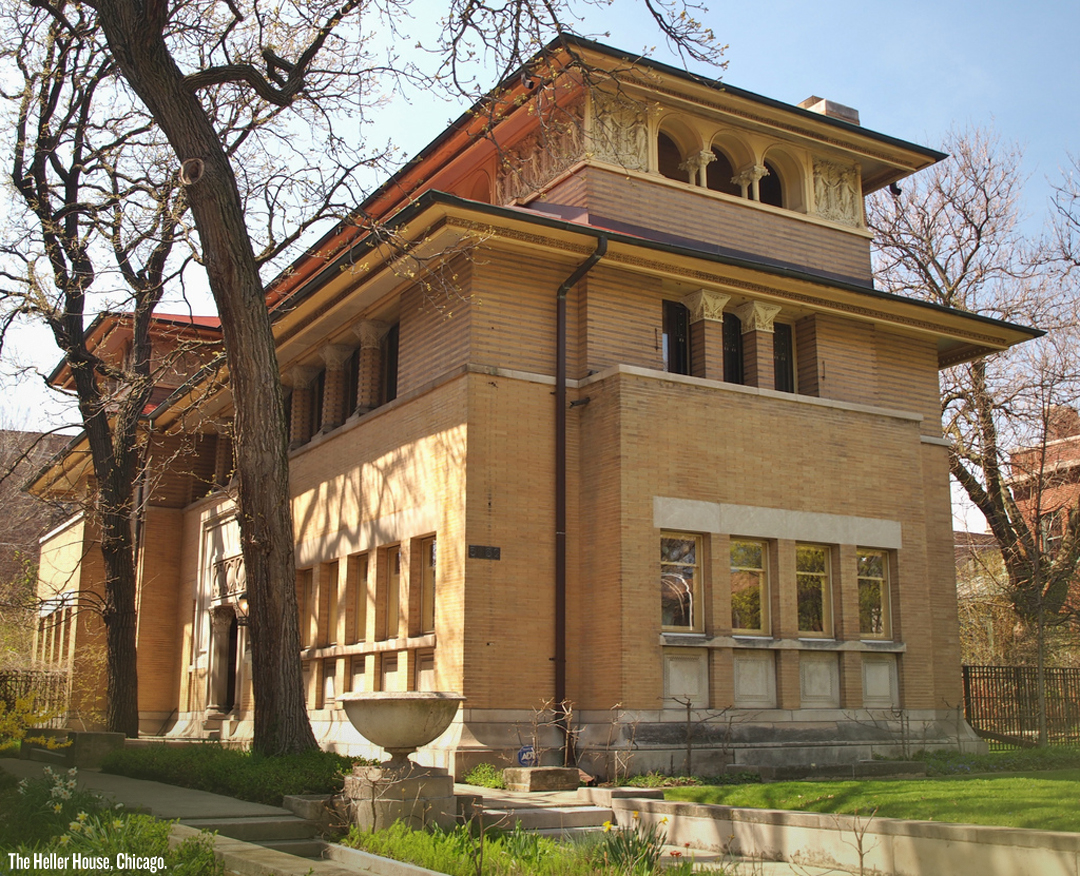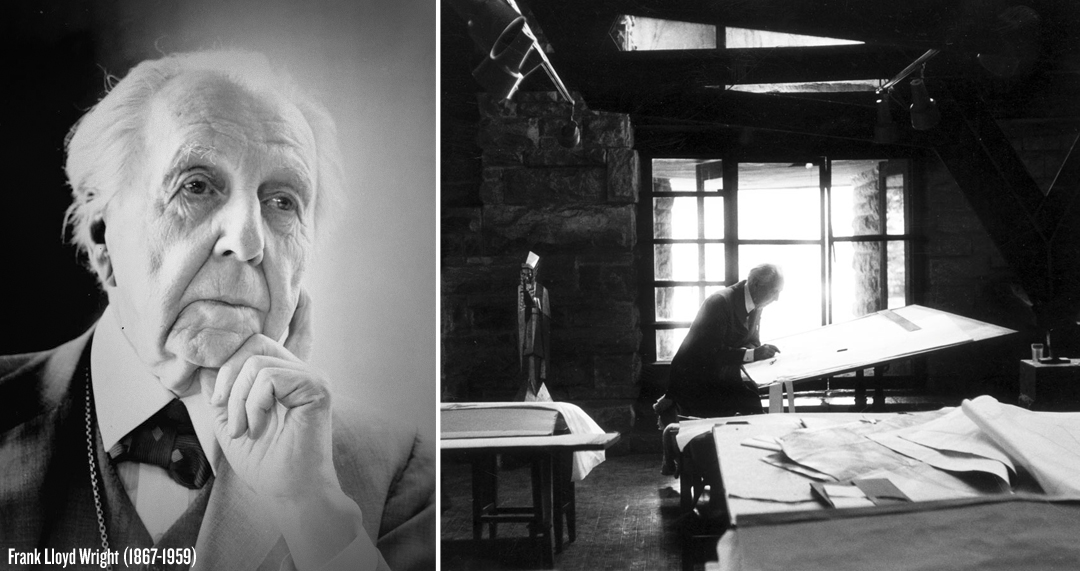The American Institute of Architects has rated Frank Lloyd Wright as the greatest American architect of all time, while dozens of his buildings appear on Architectural Record‘s list of the 100 most important buildings of the 20th century. Not even Wright himself could have imagined that a century after their design, many of his homes would become such iconic figures in the history of architecture.
Frank Lloyd Wright’s homes are brilliant machines of human life. With their wide open interior spaces, superior layouts, exceptional use of light, and legendary detailing, these homes are each national treasures. Across America, there is a niche market of buyers passionate about someday owning a Wright home for themselves, but there is also a small group of owners anxious to sell their own Wright properties for various reasons — from their children having all moved out of the house, or simply wanting a change. And it is at this moment when the drawback of owning one of these icons appears. Not everyone can afford the million-dollar-plus pricetag attached to a Frank Lloyd Wright home, let alone the hundreds of thousands (or millions) required to renovate and repair. What’s more, for historical reasons, the front facade of a Wright home cannot be altered. CBS NEWS recently aired a report which explains the blessing and curse of owning — and selling — a Frank Lloyd Wright home. There are 280 Wright homes currently occupied in the United States, and around 20 of them are currently for sale.
To learn more about the work of Frank Lloyd Wright be sure to visit FrankLloydWright.org. And if you love Wright as much as I do, you will certainly enjoy watching his interview with Mike Wallace below which originally aired in September 1957. And for more great stories from the world of architecture be sure to visit Architecture on FEELguide.
SEE ALSO: The Blade Runner Mansion: The Story Of Frank Lloyd Wright’s Ennis House In L.A.
SEE ALSO: Beyond Sciences And The Humanities: Why Design Must Become The 3rd Pillar Of K-12 Education




